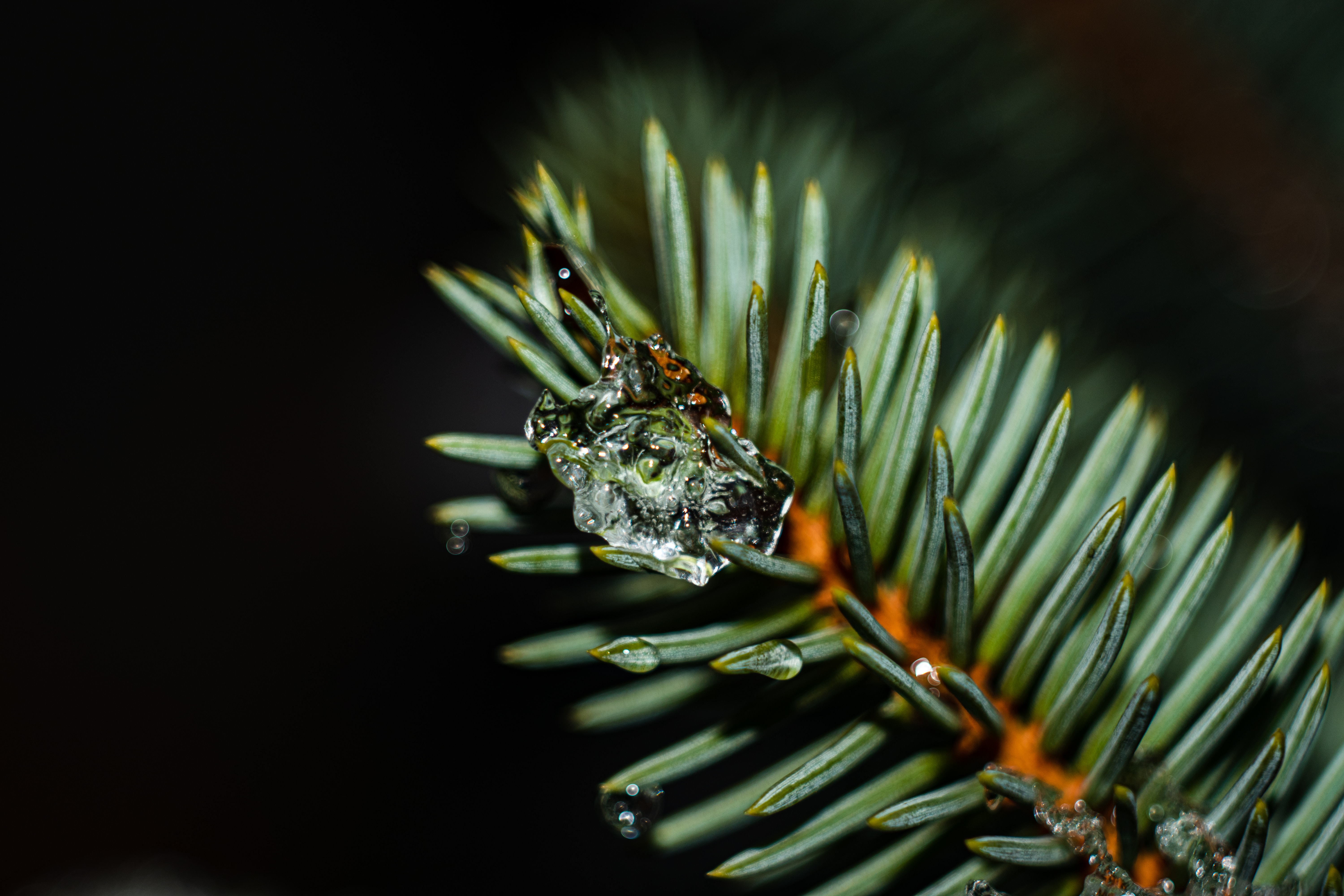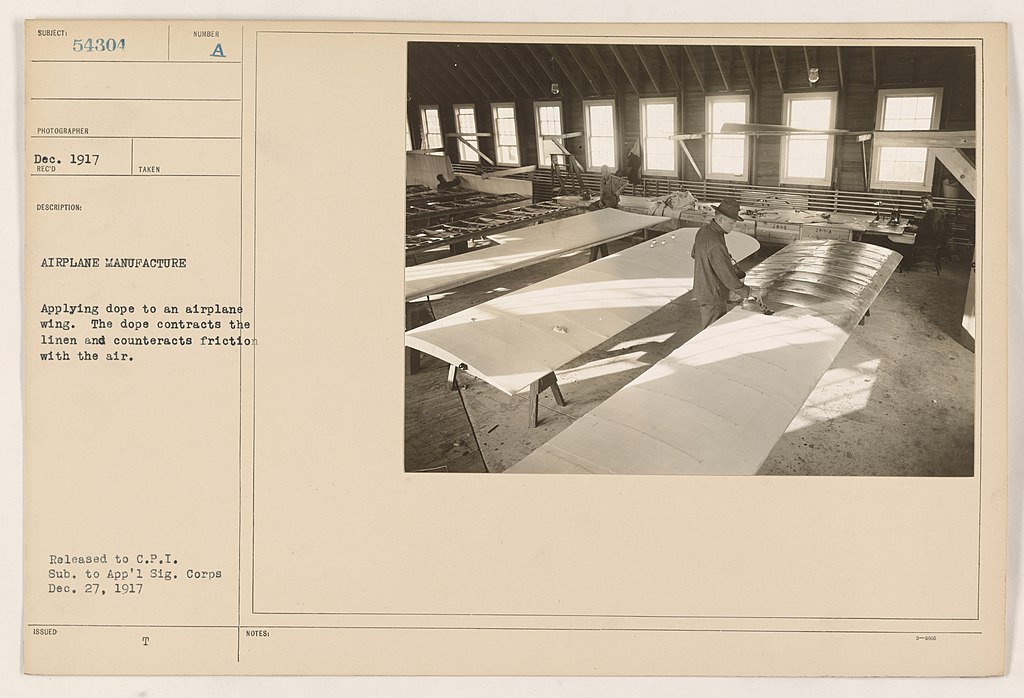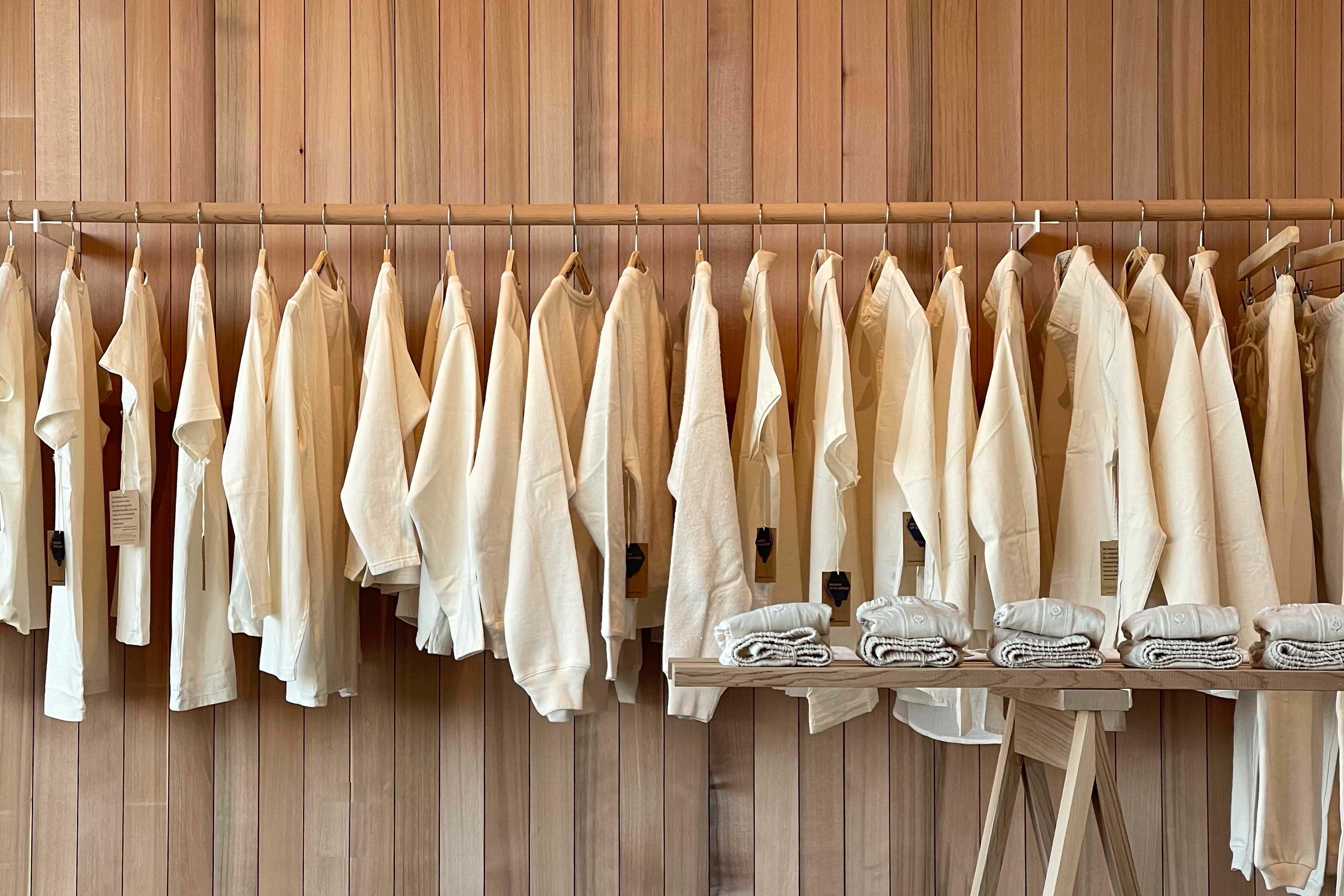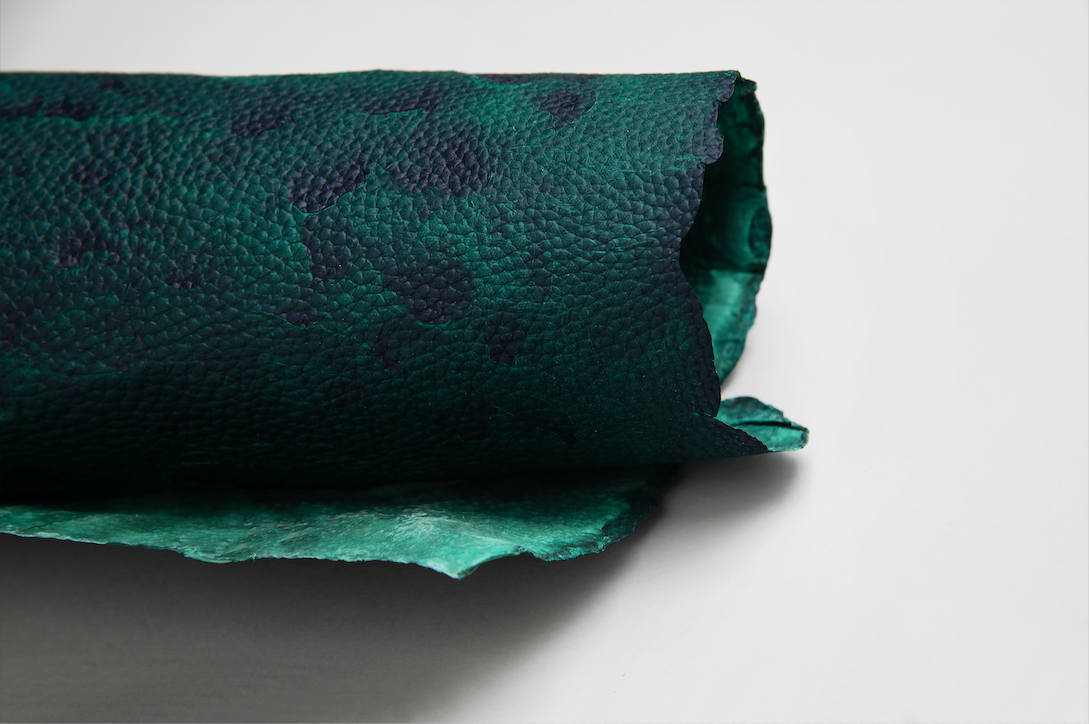There is perhaps no more iconic tree in the world than the pine tree. It carries with it nostalgic associations of the holiday season and exudes one of the most instantly recognizable scents (thanks to the aptly-named molecule pinene). It is a workhorse of a tree, providing pine nuts, lumber, pine rosin, wood pulp, and of course a home for countless forest creatures.
Pine trees are also the world’s main source of timber. In the EU alone it is estimated that roughly 600 million pine trees are cut down annually to meet the demand for lumber. However there are many waste products created by the timber industry. Bark, needles, and resins are all by-products of the traditional timber industry.
As the need to switch to a more circular system of manufacturing becomes obvious, designers across the world are turning to industrial waste streams as a source of untapped material potential. Below are five materials created from various by-products of the pine industry. They help to illustrate the wide variety of materials and products that a pine tree provides, even after being harvested for lumber.

PineResin Vases
by Studio Sarmite
Designer Sarmite Polakova began her graduate project by following the story of a pine tree throughout its life time in the timber industry to develop alternative pine products. In her home country of Latvia she discovered that there are 500 times more pine trees than people. However, it discouraged her to discover that they were viewed almost exclusively as a source of cheap lumber. She began her research project with the goal of creating alternative production paradigms for the lumber industry with less emphasis on timber production and an appreciation for the value of the “waste” by-products.
These PineResin vases by Studio Sarmite (her eponymous studio) are created mainly from pine rosin with various bio-based additives for variety. She takes advantage of the thermoplastic properties of pine rosin to create vases by pouring the rosin into a plaster mold while liquid and then retrieving the solid product when cool. Sarmite claims that if a vase gets broken in transit or arrives misshapen, it can be returned to her and she will reform and return it – making these PineResin vases a truly circular product. At the very end of the vase’s lifetime it can either be returned to her as material or biodegrade safely into nature.

PineSkins
by Studio Sarmite
Just like her PineResin products, Sarmite Polakova created PineSkins from the waste bark of the pine timber industry. An extension of her Story of a Pine Tree project, she realized that the leftover bark of the pine tree could be treated to behave almost like a leather material. She has turned this material into placemats, coasters, and even floor mats.
By considering the larger system of production in as well as the material, she says she hopes to create a new craft that can generate income for local people and cultivate an appreciation for unassuming materials from the local forest. She does this by partnering with a network of small scale tree cutters who can collect bark for her works while they cut trees for their own business.

Forest Wool
by Tamara Orjola
Forest Wool is a project that turns waste pine needles from the timber industry into innovative fiber, yarn, and textiles. After discovering that pine needles make up 10-30% of a pine tree’s overall mass, they realized that this was a severely under-utilized waste stream of the timber industry. By developing fiber from discarded pine needles, a textile can be created that doesn’t require dedicated land or water usage. This stands in stark contrast to the resource- and water-intensive cultivation of crops such as cotton. Forest Wool says its mission is to replace the synthetic fibers in textiles and to diversify the monoculture-drive textile industry by utilizing wasted natural resources. They are currently working to scale up their technology and commercialize their textiles.

Pinel
by Natural Material Studio
Similar to Forest Wool, Pinel is a material developed by Natural Material Studio after discovering the vast amounts of pine needles that go to waste annually. They work with Danish farmers to source their needles from the branches of Christmas trees that don’t make it to market – as much as 35% of the annual crop of trees.
Rather than being turned into a textile like Forest Wool, these needles are combined with bio-based binders and additives to create a leather-like material. This material is naturally degradable and capable of being remolded – making it another deeply circular material. Currently Natural Material Studio is developing the material alongside the Danish Technological Institute, Danish Christmas Tree Association and Food & Bio Cluster with the goal of making the material commercially available within the next few years.

Cheer Project
by Gaurav MK Wali
Cheer Project by Gaurav MK Wali also makes use of waste pine needles. In northern India, where Cheer Project was developed, forest fires are increasingly common and spurred on by the litter of dead pine needles on the forest floor. Gaurav developed Cheer Project as a way to convert these abundant waste needles into a valuable product.
Beyond just the material intervention, Gaurav wanted to design a safe production process that could involve and support stakeholder communities. He says about the project:
“Cheer Project seeks to democratize the process of problem-solving through design. The ultimate concept rests on the fusion of local craftsmanship and sustainable utilization of a naturally abundant novel material; the rediscovery of the humble pine needle.”
The final material is a blend of pine needles, bio-based binders and natural waxes that can be molded into a wide variety of forms. The final products are biodegradable, non-toxic and absolutely beautifully designed.
'Your Tree' Candle
by Haeckels
Even though they have discontinued the service, I'm including the Your Tree candle by Haeckels because I love the idea. Haeckels set up a service where you could either drop off your old Christmas Tree with them or have them pick it up in the Hackney area. From there, they distilled the essential oils and created a pine-scented candle which was in essence, your old Christmas tree.












